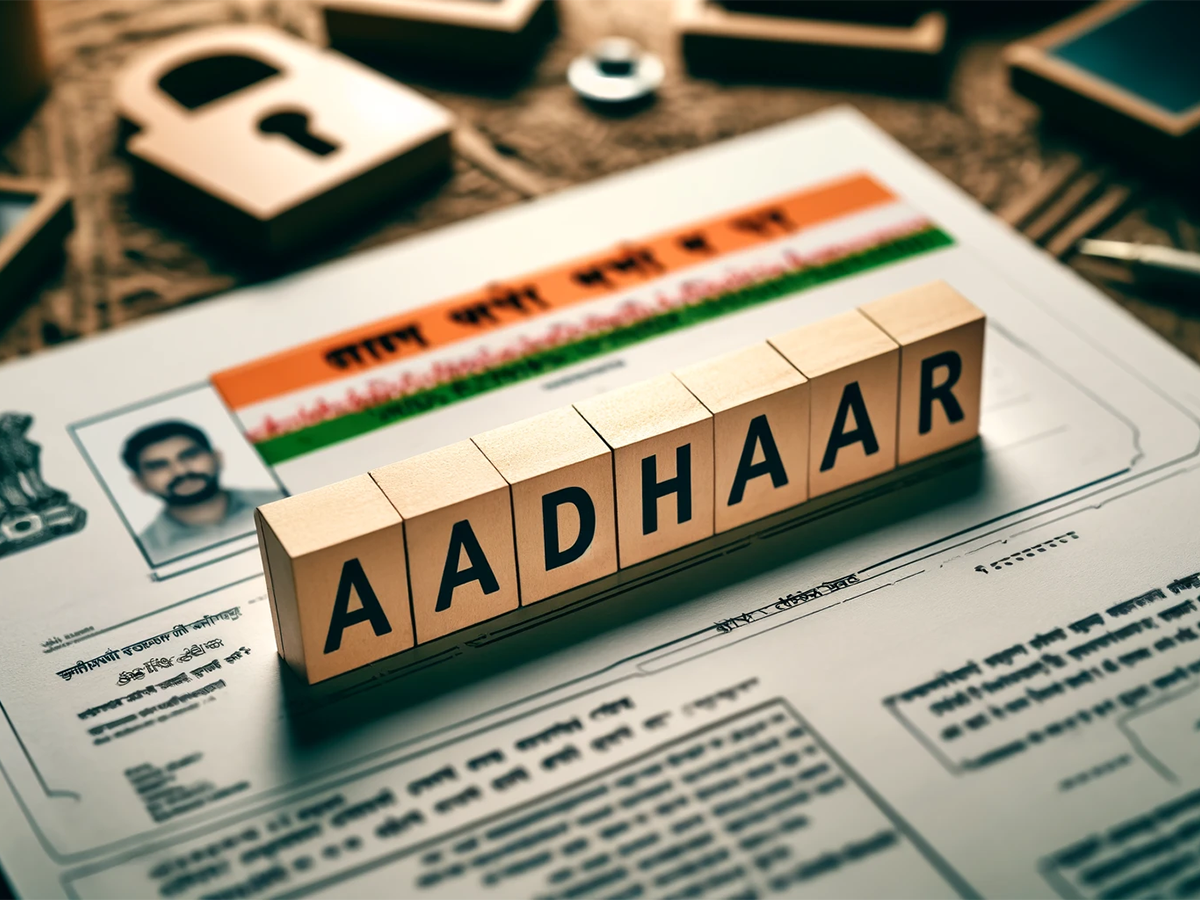Revolutionary Aadhaar Update: Now Share Your Identity Electronically with QR Codes!
Aadhaar Revolution: Digital Identity Verification to Become a Reality Soon
In a dynamic shift towards a more digital and streamlined approach for identity verification in India, the Unique Identification Authority of India (UIDAI) is set to introduce a new mobile application that allows Aadhaar holders to electronically disclose their identities using QR codes. This progressive move will not only reduce the cumbersome need for photocopies but also enhance the security and privacy of individual data.
Transforming Identity Verification
As per a recent report by Times of India, the upcoming UIDAI mobile app will enable users to share either a full version or a masked version of their Aadhaar details through a simple scan of a QR code. This technological leap comes in line with UIDAI’s ongoing efforts to minimize paperwork and enhance the verification process, allowing individuals to manage their identities from the comfort of their homes.
Currently, certain demographic details such as name, gender, and date of birth cannot be updated online, necessitating a trip to an Aadhaar Enrolment or Update Center. Address changes, however, can be handled online. The anticipated changes promise to allow more updates to be made digitally, with a timeline suggesting that by November, users will only need to physically visit an enrolment center for fingerprint and iris scans—making the process not only faster but also more user-friendly.
Key Features of the New Protocol
UIDAI’s new approach includes an impressive range of features aimed at fostering both convenience and security. Here’s what to expect:
- Digital Control: The QR code feature ensures that users retain control over their personal data, as access can be granted or revoked based on user permission.
- Reduction of Document Fraud: By reducing the reliance on physical documents, the QR code system aims to significantly diminish the potential for identity theft and document forgery, particularly in sensitive areas such as property registration.
- Streamlined Updates: Residents will soon be able to update their address, phone number, name, and date of birth from home, dramatically cutting down the need for in-person visits to update records.
- Integration with Other Databases: UIDAI is in discussions to link Aadhaar data with various government and private databases, like electricity bill records, which will facilitate easier and more reliable address verification.
Why This Matters
These advancements in the Aadhaar system are critical given the growing concerns about data security and identity fraud in a digital age. UIDAI chief executive officer Bhuvnesh Kumar emphasized that these steps are being taken to give citizens greater control over their own data. "You will soon be able to do everything sitting at home other than providing fingerprints and iris," Kumar stated, highlighting the user-friendly nature of the future platform.
Government and Private Sector Collaboration
In an effort to extend the reach of this initiative, UIDAI is actively engaging with various stakeholders, including security firms, hotels, and service providers who are not currently mandated to use Aadhaar. The aim is to create a larger network that encourages voluntary collaboration while protecting user data.
The introduction of this QR code system could potentially revolutionize the way identity is verified and utilized across various sectors, including banking, travel, and hospitality. As Aadhaar becomes more central to identity verification, it’s crucial for users to understand how to safeguard their own information.
What is Aadhaar?
For those unfamiliar, the Aadhaar number is a 12-digit unique identity number issued to residents of India following a rigorous verification process conducted by UIDAI. Any resident, regardless of age or gender, can voluntarily enroll in the Aadhaar system, which serves as a tool for both identity verification and access to various public services.
A Future with Less Paperwork
The move towards digitizing identity verification processes signifies a larger trend of digital transformation in India. With paperless transactions becoming increasingly standard, the UIDAI’s initiatives will likely pave the way for greater efficiencies in how citizens interact with government services.
In conclusion, as UIDAI rolls out this new QR code feature and expands the digital capabilities of Aadhaar, residents can anticipate a smoother, more secure, and more efficient way to manage their identities. By actively participating in this transition, individuals can help forge a future where identity verification is as simple as a scan of a code. The current advancements reflect a significant commitment to protecting user data while enhancing accessibility, illustrating a future where digital identity is both a shield and a key to a multitude of services.





